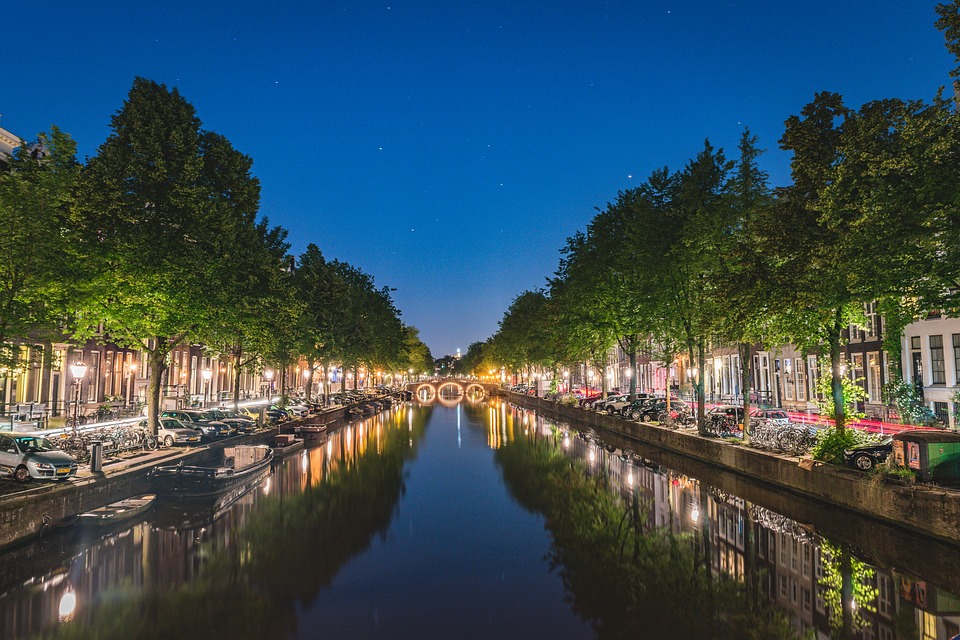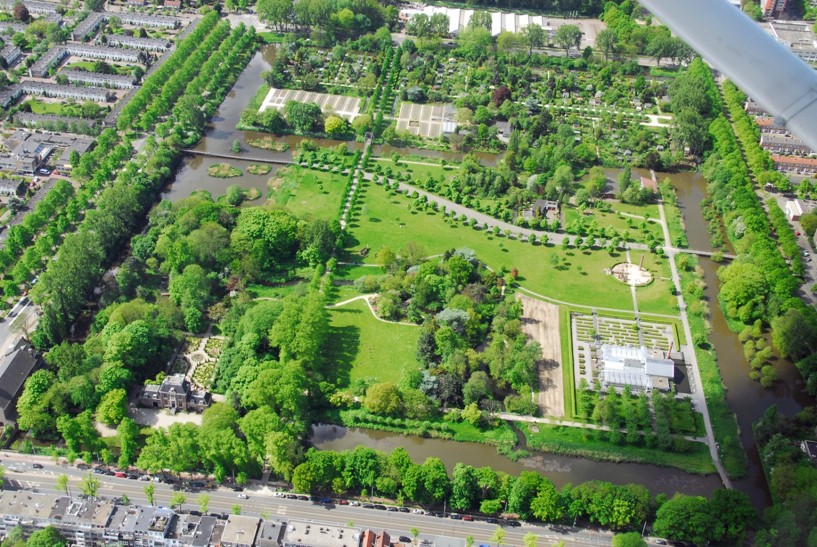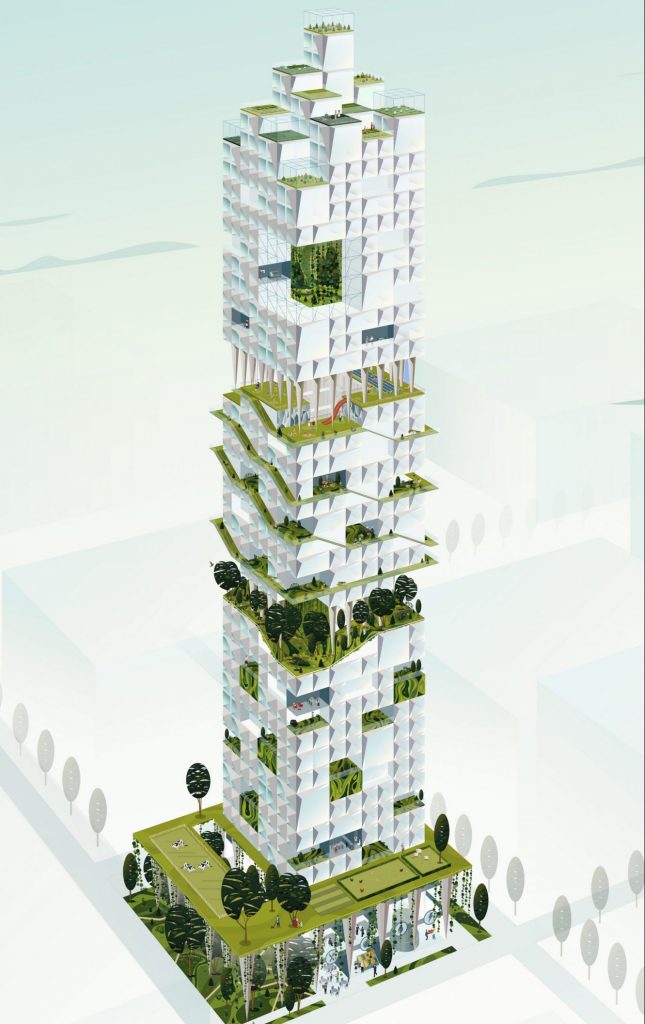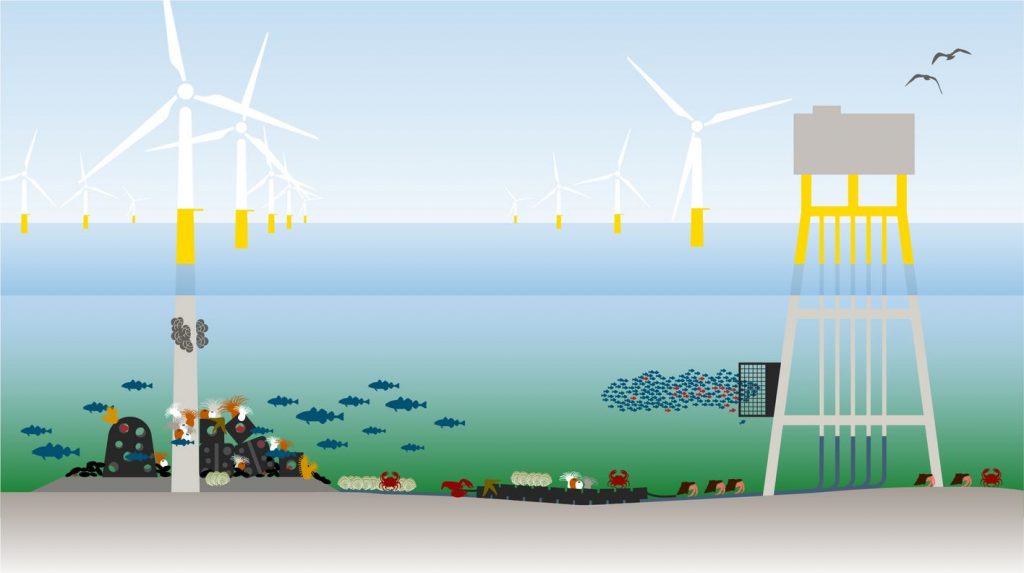Blog written by Oscar Alvarado, programme manager/trainer at The Hague Academy
‘Invest in our Planet’ Earth Day 2022 is all about ensuring a green and prosperous future. It aims to bring attention to the innovative solutions that engage people, governments and businesses to tackle the multiple threats we face, from climate change and biodiversity loss to pollution and resource scarcity. In celebration of this day, we explore the importance of establishing initiatives that unite green actions with smart urban planning to bring well-being to local communities and their ecosystems.

Local Governments: Catalysts for Green Initiatives
Local governments have an important role to play as local catalysts for a greater collective push toward green initiatives. They can open new doors by incentivising their citizens, businesses, and institutions to create and innovate. A nature-inclusive city uses natural ecosystems to address societal challenges while building its resilience and reducing its vulnerability to climate change. Importantly, green urban spaces have proven to bring a range of long-term benefits to human well-being, and we have begun to understand nature-inclusive cities as beneficial to both people and nature.
Governments must identify the multiple benefits that nature and ecosystems provide, and use technology to create smart, adaptive and healthy cities. The benefits of nature inclusivity in cities include a better provision of food, clean air, flood protection and temperature regulation; and regulation of the effects of floods and extreme weather. To people, green urban spaces can provide a wealth of non-material benefits such as physical and mental health, and feelings of safety, and have been associated with higher rates of employment and levels of income in their areas.
In celebration of Earth Day 2022, we unearth some examples of how local governments are implementing smart, natural initiatives to promote health in their communities and ecosystems. These are initiatives that push for sustainable development without laying aside the non-economic well-being of communities and the ecosystems they live in.
Green Urban Spaces in Amsterdam
 Green urban spaces have been shown to improve the social capital of a neighbourhood by facilitating a sense of community and belonging that is closely associated with improvements in mental health. Despite this, in Amsterdam and other dense metropolitan cities, the strain of urban growth has led to the fragmentation and removal of public green spaces.
Green urban spaces have been shown to improve the social capital of a neighbourhood by facilitating a sense of community and belonging that is closely associated with improvements in mental health. Despite this, in Amsterdam and other dense metropolitan cities, the strain of urban growth has led to the fragmentation and removal of public green spaces.
Amid these citywide trends, Park Frankendael continues to be an important source of ecological value within the Amsterdam-Oost borough. A significant portion of the park acts as an urban forest, providing important habitats for a wide range of flora and fauna through its mix of natural and semi-natural areas in forests, meadows, gardens, small-scale farming plots and bodies of water. At the same time, Park Frankendael is a cultural hub for recreation, relaxation, education and natural experiences for nearby residents.
Parks like Frankendael, located in dense urban areas, not only contribute to regional ecosystem networks but also bring important benefits to nearby residents. In 2019, research was conducted in coordination with Vereniging Vrienden van Frankendael (Friends of Frankendael Association) to measure and further quantify the ecosystem impact the park has on its area. Citizens surrounding the park could take part in the research and share it across networks. Through engagement, the community understood the value of the park to their own lives. This led to a greater appreciation of the park and can result in greater advocacy for the protection of other urban ecosystems in Amsterdam, beyond Park Frankendael. Learn more
Nature-Inclusive High-Rise Building in The Hague
 A nature-inclusive approach can result in long-term benefits such as reductions in health care costs and energy consumption, or less financial loss due to flood reduction. In The Hague, an innovative high-rise building project that pushes green buildings one step further is underway. How? By considering the needs of humans, animals and plants.
A nature-inclusive approach can result in long-term benefits such as reductions in health care costs and energy consumption, or less financial loss due to flood reduction. In The Hague, an innovative high-rise building project that pushes green buildings one step further is underway. How? By considering the needs of humans, animals and plants.
The integral concept of the project aims to go beyond the ‘decoration’ of buildings with green areas and instead make nature a vital and integrated element of the urban ecosystem of the building. Dispersed throughout the high-rise are sections that offer gardens, and fresh air for citizens while maintaining pockets of healthy habitats for local flora and fauna. For citizens of the building, these natural breaks offer distressing health benefits and a greater sense of cohesion with their neighbours.
Nature-Inclusive Agriculture and Offshore Wind Farms
 Addressing environmental concerns in the supply chains for cities is essential for climate mitigation, ecological preservation, and citizen well-being. For example, Witteveen+Bos and the Wageningen Marine Research have created a catalogue of nature-inclusive design options for offshore wind farms, creating homes for commercial and non-commercial species in the sea beds that wind farms would otherwise disturb. They have created a system that offers green energy while actively encouraging ecological conservation.
Addressing environmental concerns in the supply chains for cities is essential for climate mitigation, ecological preservation, and citizen well-being. For example, Witteveen+Bos and the Wageningen Marine Research have created a catalogue of nature-inclusive design options for offshore wind farms, creating homes for commercial and non-commercial species in the sea beds that wind farms would otherwise disturb. They have created a system that offers green energy while actively encouraging ecological conservation.
Additionally, nature-inclusive agriculture focuses on incorporating food production more seamlessly into local ecosystems, encouraging the sustainability of crop sources by avoiding the depletion of the environment they rely on. In Iraq and Egypt, where food scarcity is tied directly to climate change, various projects are taking into account water salinity and soil health to ensure the reproducibility of essential crops. Our partners at Nectaerra offer a glimpse at the various projects underway. They show how in agriculture, in particular, ecological health and people’s well-being are directly tied.
Invest In Our Planet: What Will You Do?
Investing in nature means recognising and acknowledging the value that natural ecosystems bring us, both monetary and non-monetary. Natural ecosystems are fundamental to our existence as a species. In urban areas where environmental degradation and disconnect from nature are greatest, our efforts to reconnect to nature reap massive rewards. Cities can move beyond being ‘sustainable’ to becoming hubs for ecosystem regeneration at every spatial scale.
Bringing nature back into our cities can restore our collective physical and mental health, improve our resiliency to meet future challenges and actively strengthen the living ecosystems that all species depend on for survival.
Join our Climate Adaptation and Local Resilience Course! Interested in learning about local climate vulnerabilities as well as diving into climate change projections and scenarios for the future? Sign up for our Climate Adaptation and Local Resilience course, taking place annually. In 2022, it will be held from 30 May to 10 June 2022. Please note that the deadline is 9 May 2022.
 Blog post by: Oscar Alvarado, Programme Manager/Trainer.
Blog post by: Oscar Alvarado, Programme Manager/Trainer.
Related courses
We offer a diversity of courses throughout the year. Here are several other courses you might like.

